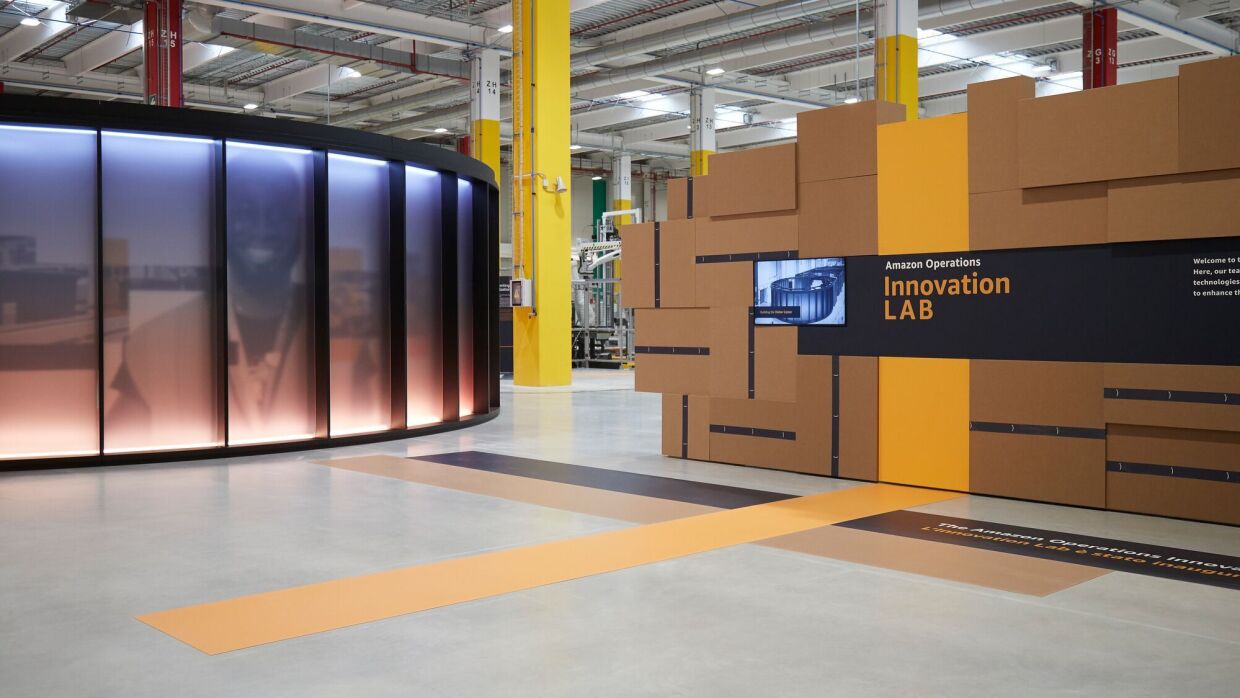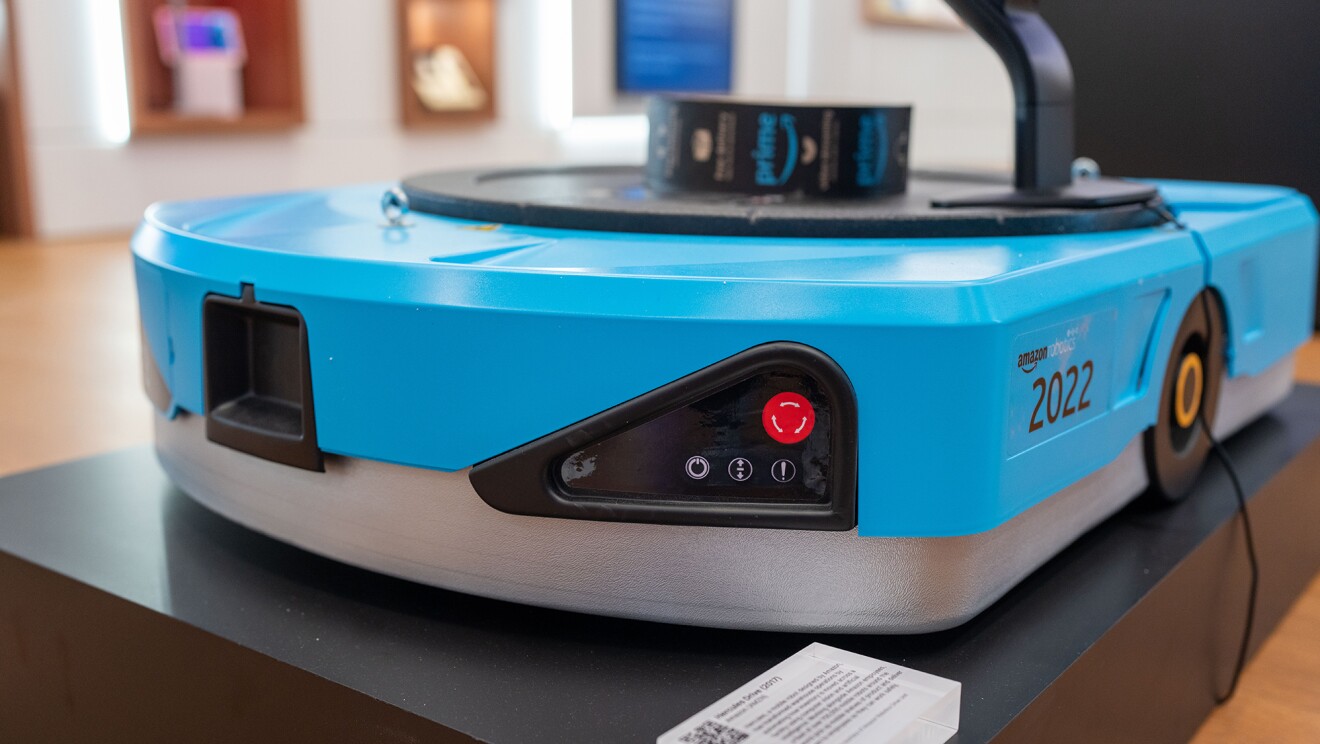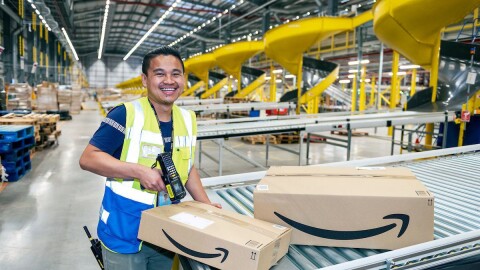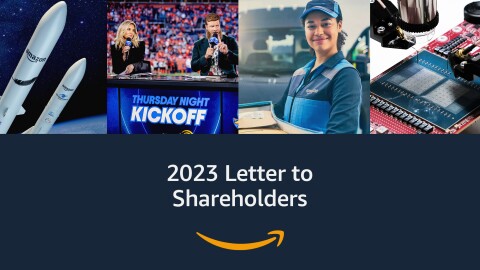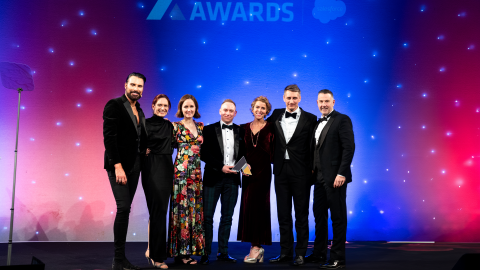Amazon's Operations Innovation Lab, located near Vercelli in the Northern Italian region of Piedmont, is an international centre for technological experimentation that seeks to improve employee working conditions, enhance the customer experience and make our processes more sustainable. And for the first time, it's now to open to the public.
Situated just an hours’ drive from the Italian Alps, engineers and scientists from all over the world work together at the lab to design, test and implement cutting-edge technological solutions that help make Amazon’s global fulfilment centres safer, and more efficient and sustainable. Thanks to AI, the company can more easily deploy these innovations across its whole operations network, enhancing the experience of millions of customers and employees.
The lab, established in 2019 as part of an existing Amazon fulfilment centre (FC), is a hub for the global mechatronics & sustainable packaging team in Europe. It also serves as a testing ground for new sustainable packaging as well as a training centre for Amazon Robotics operators, while offering start-ups resources to develop their technology. In 2023, the facility was expanded with the addition of a visitor centre, which opens for free public tours on 18 September, allowing anyone interested to take a close look at the advanced technologies developed here.
A glimpse into Amazon's Operational Innovation
In April 2024, we travelled to Vercelli to take an exclusive tour of the new visitor hub before it opened its doors. Here’s what you can expect on your tour.
At the entrance to the visitor centre, we were encouraged to scan a QR code to access wifi and stay connected for some surprises throughout the tour.
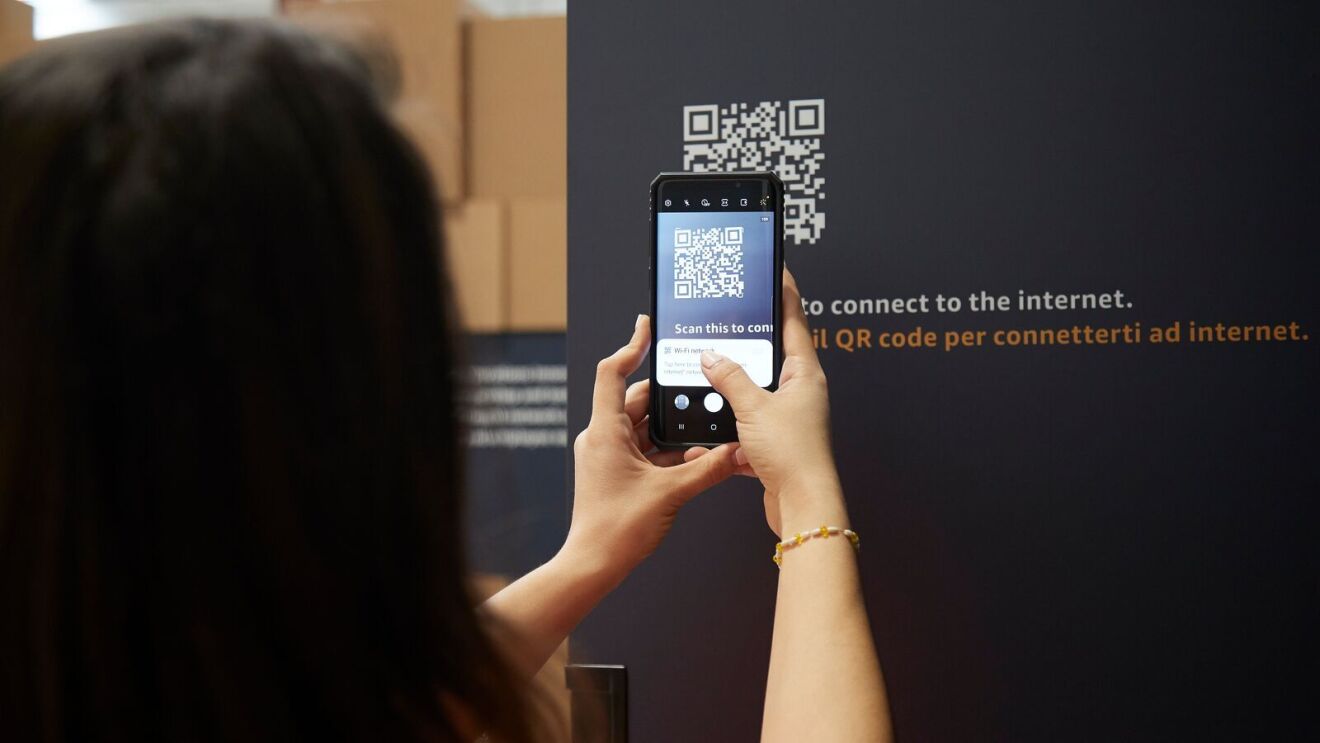
Before seeing each FC technology in action, visitors enter the “experience centre” which gives an overview of Amazon’s networks, logistics and applications.
A digital map showed us the path from click to delivery, demystifying how much goes on behind every customer order: a package can start from land, sea or air, continue its journey on electric vehicles or trucks, and be delivered to millions of homes.
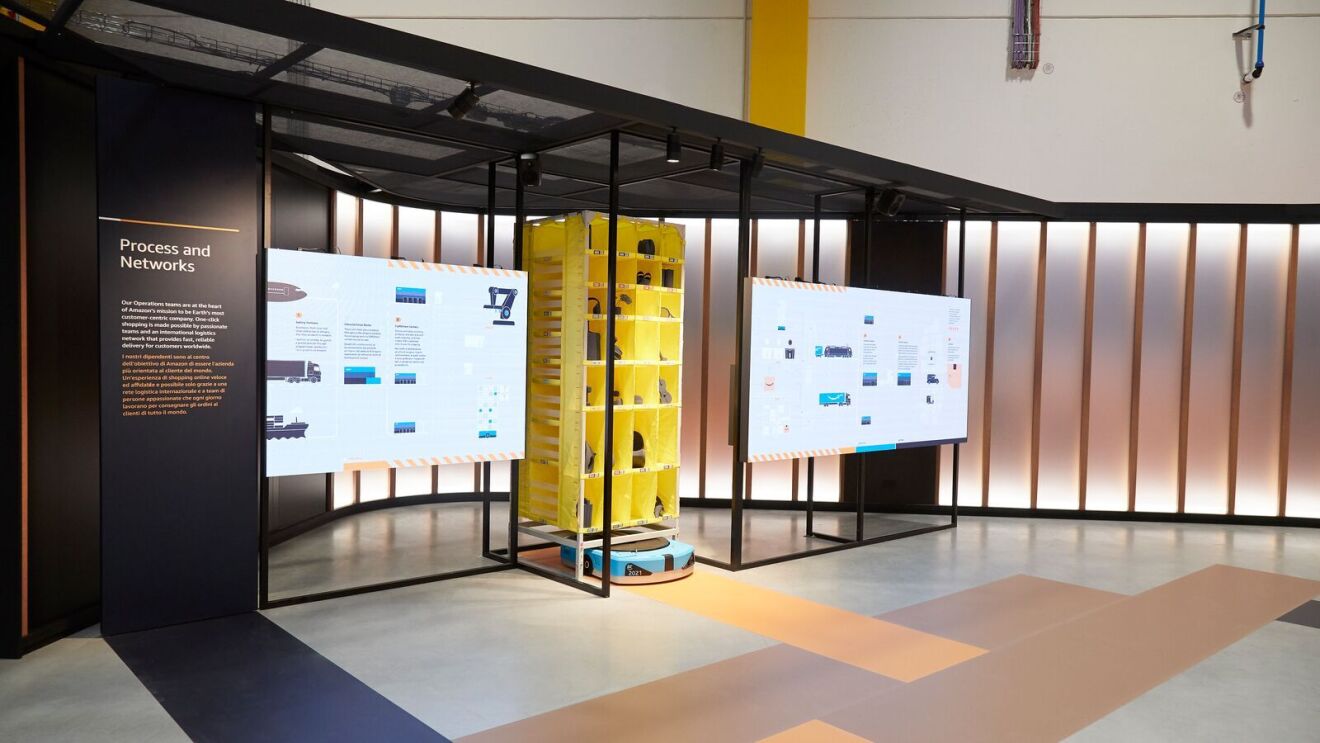
Next up, we looked at the Kindle, the tote and the box - and it turns out there’s more to each of these Amazon items than meets the eye. Kindles are actually used by FC workers to operate some of the machines (including robots!), the tote is the main carrier of all products, and everything in an FC is designed around this one black box.
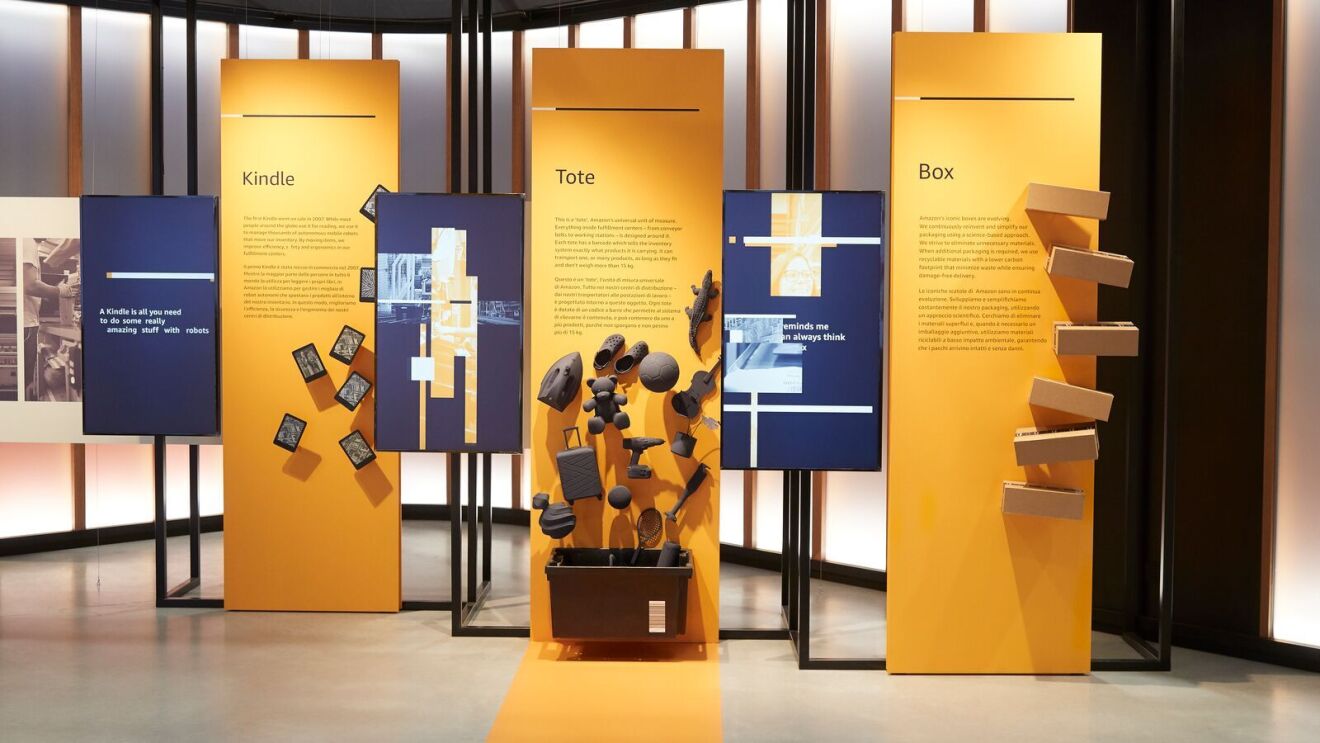
To customers, the iconic Amazon box is what helps differentiate all the packages that come through the door - but this Amazon "icon" has kept evolving over the years, to minimise waste and ensure damage-free delivery.
The public can get a glimpse of the first prototypes and the evolution of the Flat Sorter Robotic Induct (FSRI) - one of the most important inventions on display at the lab.
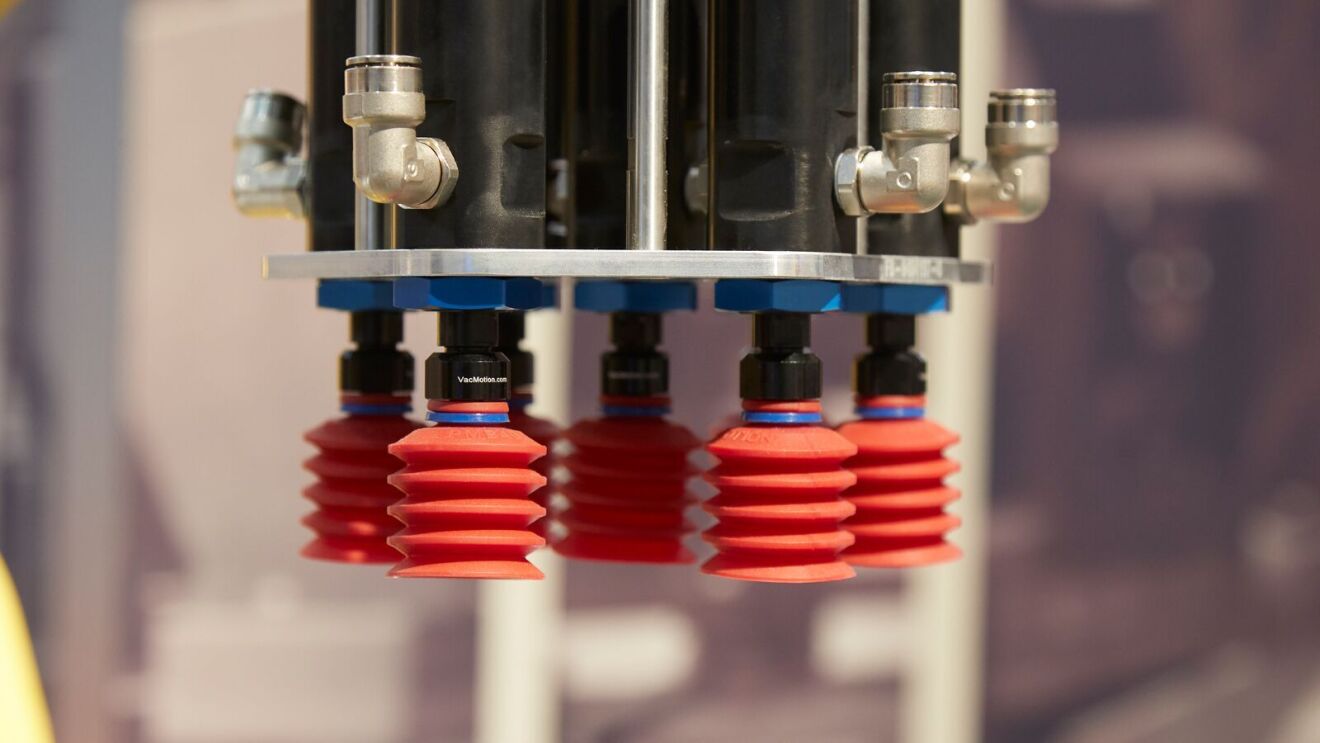
The FSRI identifies the item and assigns it to its final destination. It does this by using advanced vision sensors that automate repetitive tasks such as picking individual packages of different sizes and passing them on from the incoming to the outcoming conveyor belt.
By observing each piece of the machine and seeing the development of an idea coming to life, we learned about Amazon’s pivotal cycle of innovation. In this instance, it began by solving one simple problem and moved to tackling more complex challenges, turning into a machine that can pick, sort and move packages faster than ever before.
The whole visit was a continuous learning experience, and in the next stage of the tour we got to see the machines in action. Videos and infographics visualise the “before and after”, showing how workplaces became safer and more efficient with each new technology.
Specifically, we learned how each machine has reduced repetitive tasks and the need to lift heavy weights, while also helping them focus on more strategic and important tasks to improve and innovate processes every day.
The Bags Containerization Matrix Sorter (BCMS), for example, sorts packages directly into bags that will be shipped to the same postal code, basically treating the bag as one item in the sortation centre. This drastically reduces the use of containers in an FC, increasing overall capacity and minimising the physical effort of bending and sorting packages manually.
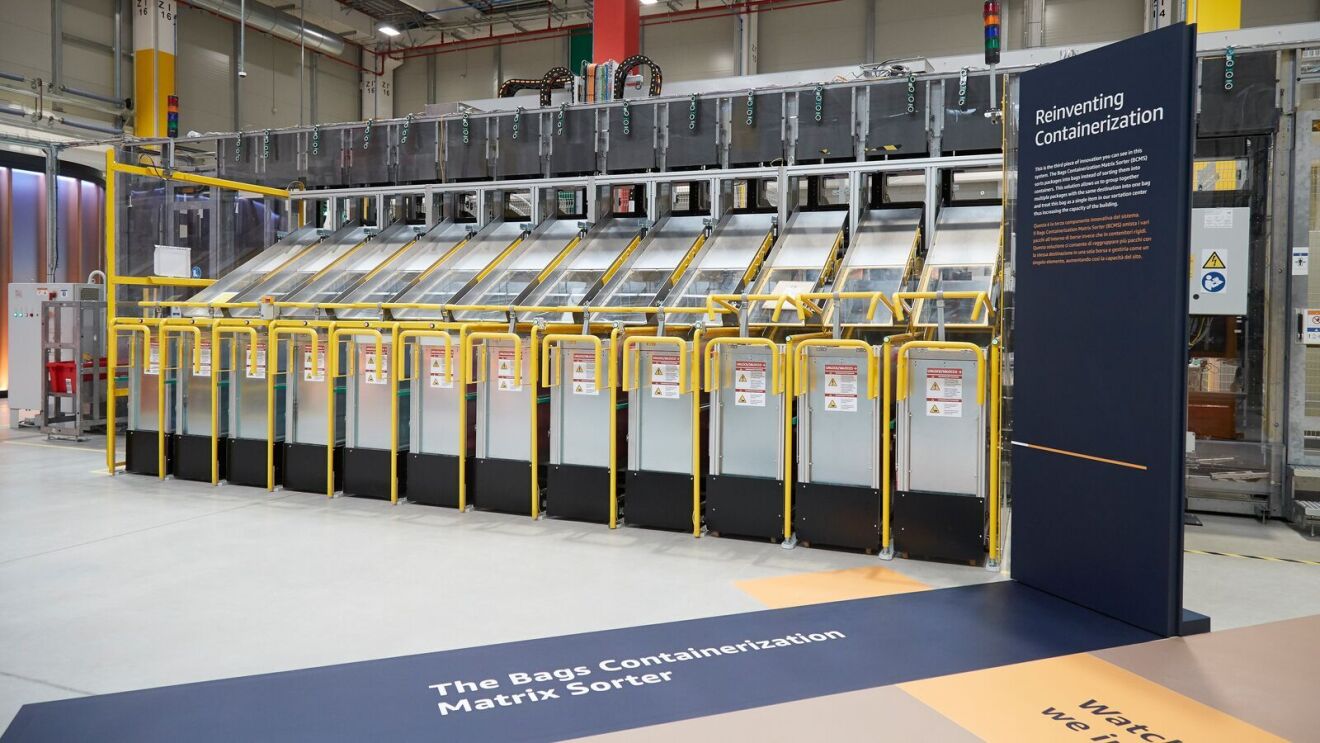
Richard Zeger, Head of the Innovation Lab, told us that you can see long rows of the BCMS in an FC.
“It makes sorting so much easier for FC workers and basically removes the step of needing to manually sort packages that head to the same direction,” he said.

Of the tour in general, he added: “I want visitors to see how every innovation is always focused with the customer in mind, always trying to deliver in time, and more efficiently. I also want them to understand that new technologies are constantly being developed in the heart of Europe, and we are really proud of that.”
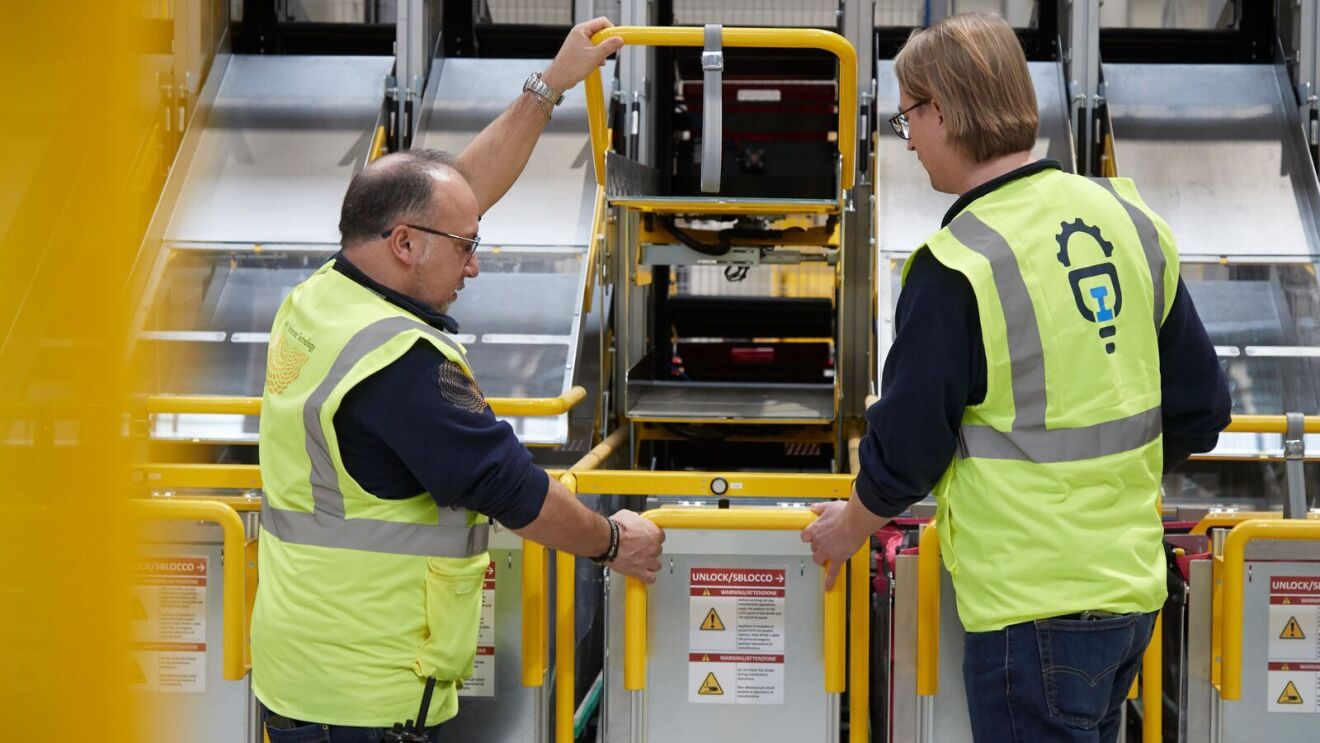
The most recent addition to the lab is the Universal Robotic Labeller.
Thanks to this high-speed labelling robot, products with irregular shapes can be labelled and prepared for shipping with and even without packaging. This drastically reduces the amount of packaging and helps customers recycle the box more easily.
Another recent innovation is Amazon’s automated packaging technology. This machine, already in use at the Bristol FC in the UK, builds made-to-fit paper bags on demand around individual items, reducing the volume of packaging.
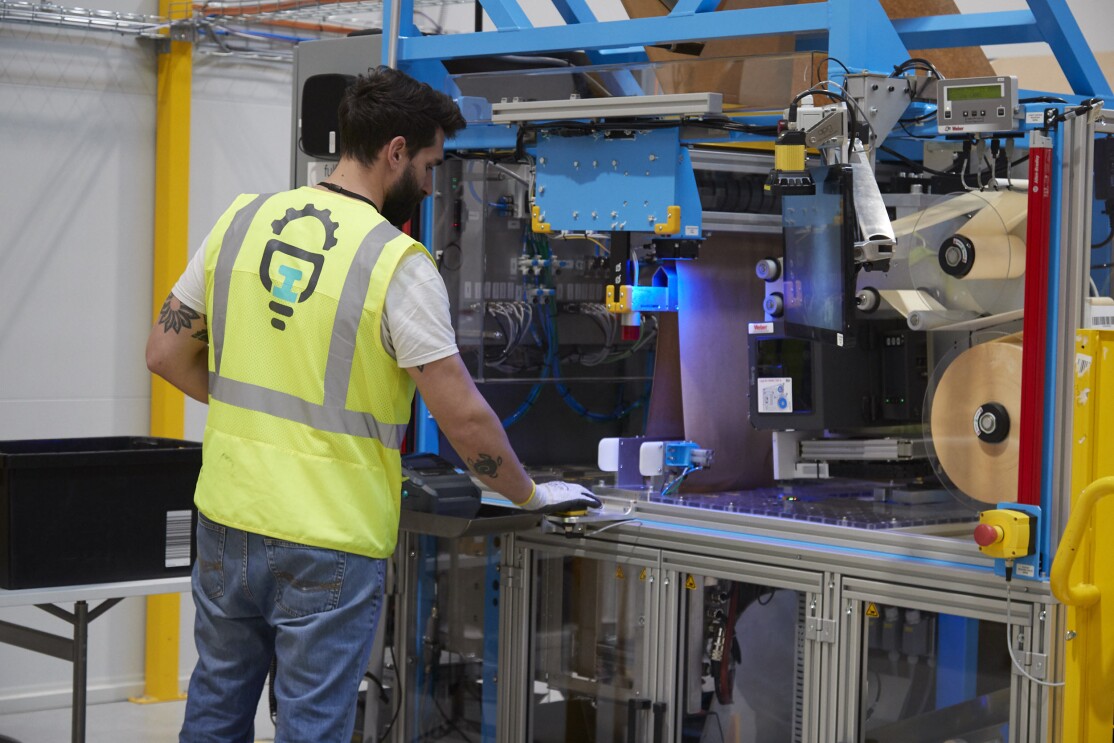
Visitors of the lab can try the technology out for themselves, guided by an expert engineer who shows you how it works. By scanning each item, the machine calculates the amount of packaging the item needs and wraps it in recycled paper, which usually goes directly on the conveyor belt in an FC.

There are many more technologies to discover on this tour, and each plays an important role in the entire innovation process.
How to visit the Amazon Operations Innovation Lab
To book a free tour of the Amazon Operations Innovation Lab, you can visit the dedicated website and choose from the options available.
The guided tour is focused on a dedicated ‘experience centre’ and is divided into three main parts:
1. The Big Picture: The area where people learn about Amazon’s logistics and processes, and where a digital map shows the journey from click to delivery.
2. The Innovation Mindset: This section explores Amazon’s approach to innovation and how it is developed. Visitors get to see the first prototypes and the evolution of the Flat Sorter Robotic Induct – one of the key pieces of technology on display at the lab.
3. The Shop Floor: Where people learn more about how innovation and cutting-edge technologies powered by AI are improving the customer and employee experience across the European network. From item sorters to pallet movers, automated guided vehicles to automated packaging solutions, these are just some of the innovations that are already making tasks easier and safer for our employees, and deliveries more sustainable.
The tour, which last approximately one hour, is suitable for all guests aged six years and above.
To learn more about the advanced technology and robotic systems developed at the Amazon Operations Innovation Lab, click here.


